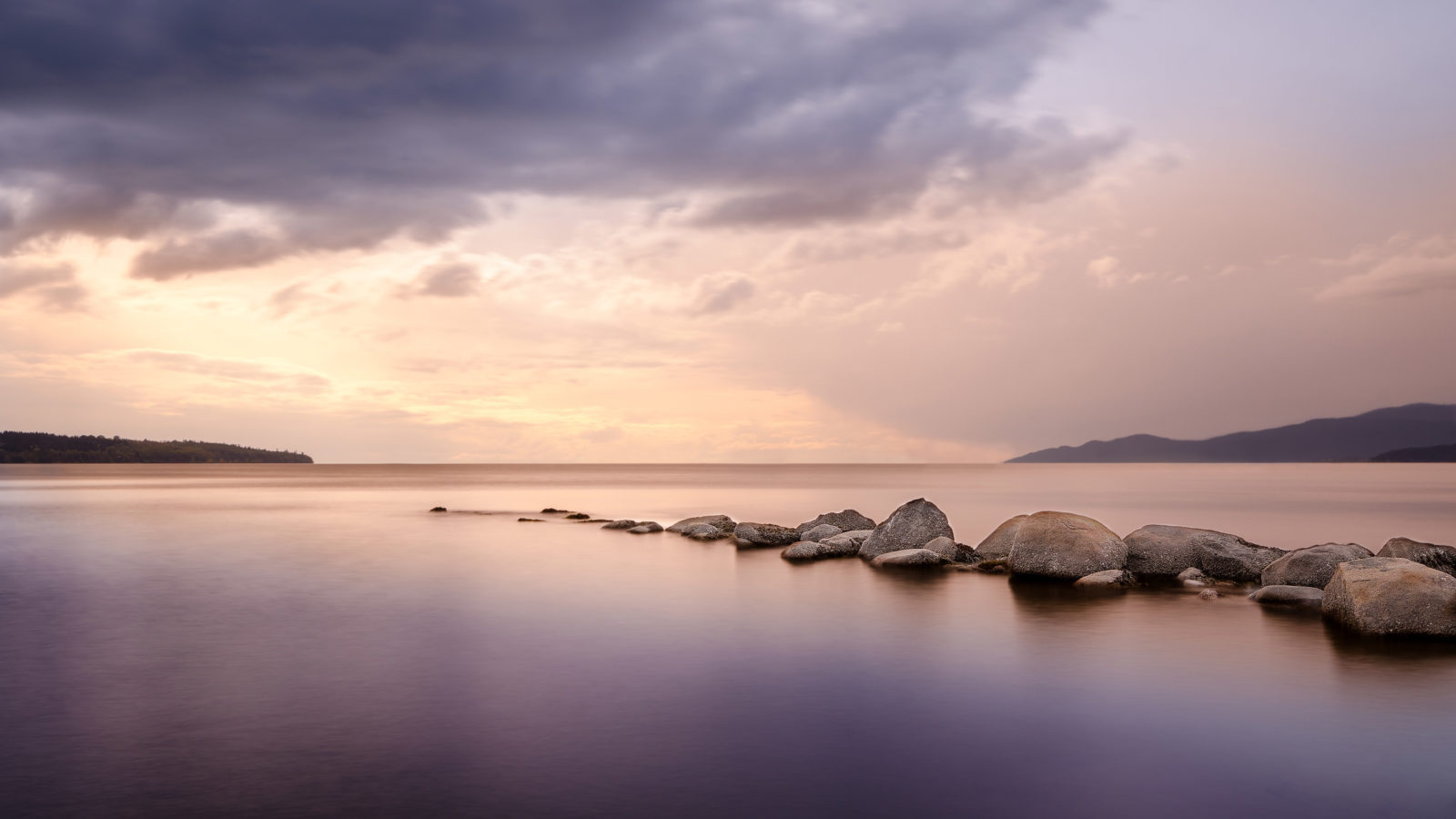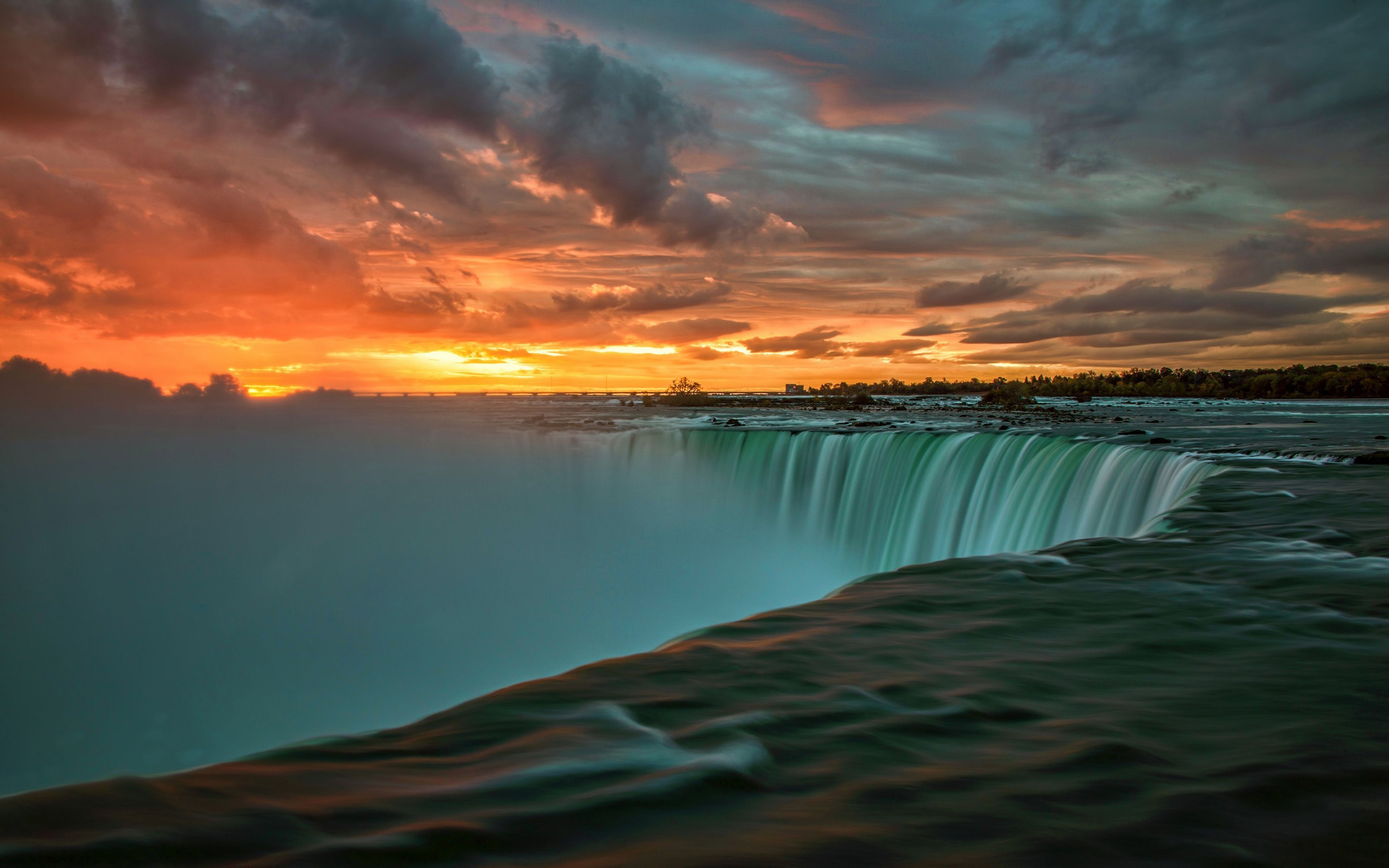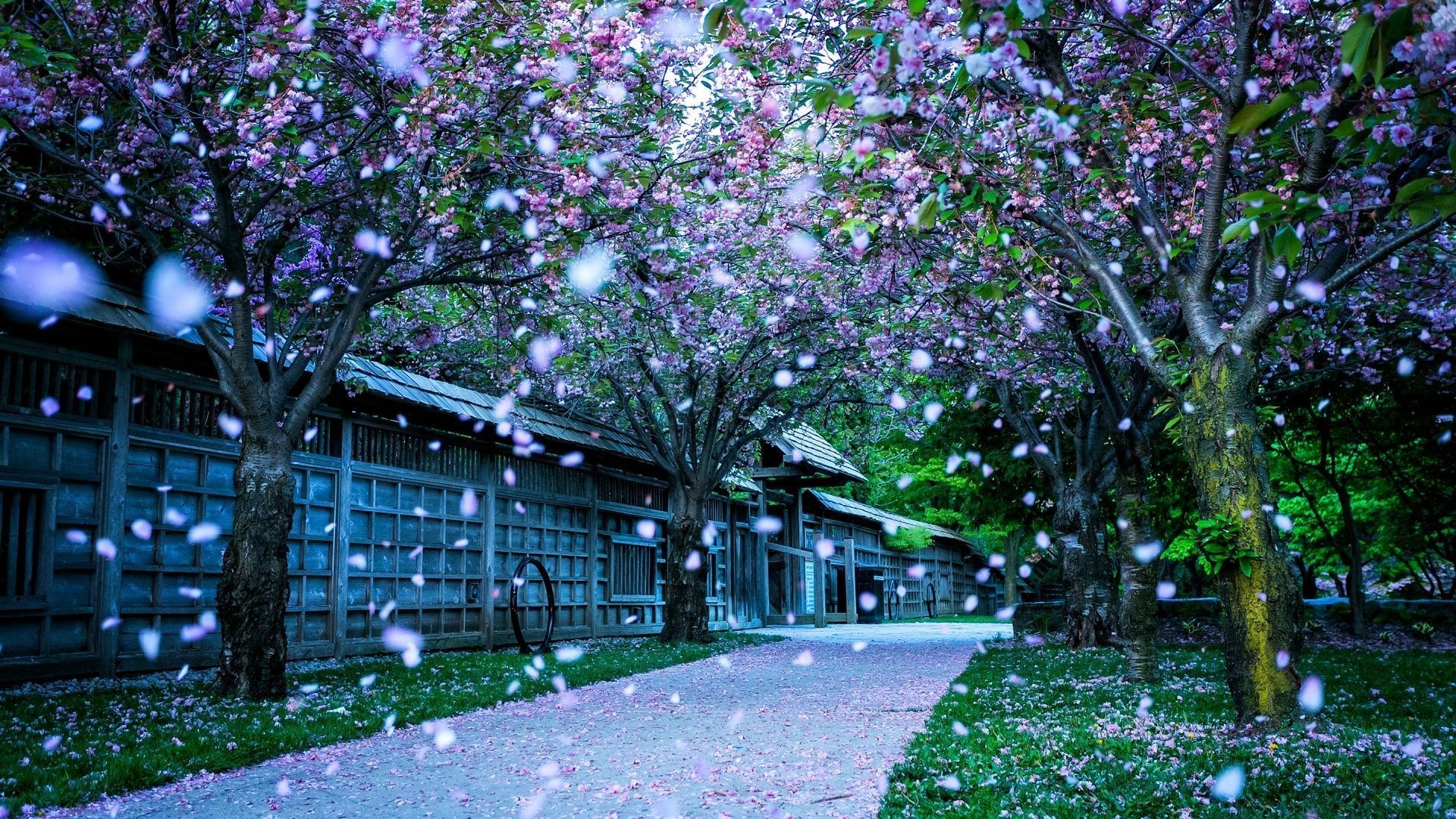Wallpaper Designs

Wallpaper for walls – Wallpaper is a versatile and stylish way to add personality to any room. With so many different designs available, there’s sure to be a wallpaper that’s perfect for your taste and décor.
Wallpaper for walls has become increasingly popular, offering a wide range of designs to enhance the aesthetics of any room. Among the many options available, moon wallpaper stands out with its ethereal beauty. These wallpapers depict the celestial body in various phases, creating a sense of tranquility and wonder.
Whether you’re looking to add a touch of mystery to your bedroom or a calming atmosphere to your living room, moon wallpaper is a captivating choice that will transform your walls into a celestial masterpiece.
Some of the most popular wallpaper designs include:
Patterns
- Damask: A classic pattern that features intricate scrolls and floral motifs. Damask wallpaper is often used in formal settings, such as living rooms and dining rooms.
- Stripes: A timeless pattern that can be used to create a variety of looks, from classic to modern. Stripes can be vertical, horizontal, or even diagonal.
- Geometric: A modern pattern that features bold shapes and lines. Geometric wallpaper is perfect for adding a touch of drama to a room.
- Floral: A feminine pattern that features flowers and other botanical elements. Floral wallpaper is perfect for adding a touch of nature to a room.
- Textured: A wallpaper that has a raised or embossed pattern. Textured wallpaper can add depth and interest to a room.
Colors
- Neutral: Neutral colors, such as white, cream, and beige, are a great choice for any room. They can be paired with any color scheme and will never go out of style.
- Bold: Bold colors, such as red, blue, and green, can make a statement in any room. They’re perfect for adding a touch of drama or excitement.
- Pastel: Pastel colors, such as pink, yellow, and lavender, are a great choice for creating a soft and inviting atmosphere. They’re perfect for bedrooms and nurseries.
Wallpaper Materials: Wallpaper For Walls

Wallpaper has come a long way since its humble beginnings as a simple way to cover walls. Today, there are a wide variety of materials to choose from, each with its own unique set of advantages and disadvantages.
The most common type of wallpaper is made from paper. Paper wallpaper is relatively inexpensive and easy to install, but it is also the least durable. Vinyl wallpaper is a more durable option that is also resistant to moisture and fading. Fabric wallpaper is a luxurious choice that adds a touch of elegance to any room, but it is also more expensive and difficult to install.
Natural fiber wallpaper is a sustainable option that is made from materials such as bamboo, jute, and sisal. Natural fiber wallpaper is biodegradable and recyclable, but it is also more expensive than other types of wallpaper.
Durability
- Vinyl wallpaper is the most durable type of wallpaper.
- Paper wallpaper is the least durable type of wallpaper.
- Fabric wallpaper is more durable than paper wallpaper, but less durable than vinyl wallpaper.
- Natural fiber wallpaper is more durable than paper wallpaper, but less durable than vinyl wallpaper or fabric wallpaper.
Cost
- Paper wallpaper is the least expensive type of wallpaper.
- Vinyl wallpaper is more expensive than paper wallpaper, but less expensive than fabric wallpaper.
- Fabric wallpaper is the most expensive type of wallpaper.
- Natural fiber wallpaper is more expensive than paper wallpaper, but less expensive than fabric wallpaper.
Maintenance
- Vinyl wallpaper is the easiest to clean and maintain.
- Paper wallpaper is the most difficult to clean and maintain.
- Fabric wallpaper is more difficult to clean and maintain than vinyl wallpaper, but easier to clean and maintain than paper wallpaper.
- Natural fiber wallpaper is more difficult to clean and maintain than vinyl wallpaper or fabric wallpaper.
Environmental Impact
- Paper wallpaper is the most environmentally friendly type of wallpaper.
- Vinyl wallpaper is the least environmentally friendly type of wallpaper.
- Fabric wallpaper is more environmentally friendly than vinyl wallpaper, but less environmentally friendly than paper wallpaper.
- Natural fiber wallpaper is the most environmentally friendly type of wallpaper.
Wallpaper Installation

Installing wallpaper on walls can be a great way to add style and personality to your home. But it can also be a daunting task if you’ve never done it before. In this guide, we’ll walk you through the step-by-step process of wallpaper installation, from preparation to application to finishing techniques. We’ll also provide tips and tricks for achieving a professional-looking installation and discuss common installation challenges and offer solutions to overcome them.
Preparation
Before you start wallpapering, it’s important to prepare your walls. This includes cleaning them, repairing any damage, and priming them. Cleaning your walls will remove any dirt or dust that could prevent the wallpaper from adhering properly. Repairing any damage will ensure that the wallpaper has a smooth surface to adhere to. And priming your walls will help to seal them and prevent the wallpaper from absorbing moisture.
Application
Once your walls are prepared, you can start applying the wallpaper. Start by measuring the wall and cutting the wallpaper to size. Then, apply a thin layer of wallpaper paste to the back of the wallpaper and hang it on the wall. Use a level to make sure that the wallpaper is hung straight. Once the wallpaper is hung, use a smoothing tool to remove any bubbles or wrinkles.
Finishing Techniques, Wallpaper for walls
Once the wallpaper is hung, you can finish it off by trimming the edges and applying a sealant. Trimming the edges will give the wallpaper a clean, finished look. And applying a sealant will help to protect the wallpaper from damage.
Tips and Tricks
Here are a few tips and tricks for achieving a professional-looking wallpaper installation:
– Use a sharp knife to cut the wallpaper. This will help to prevent the wallpaper from tearing.
– Apply a thin layer of wallpaper paste to the back of the wallpaper. Too much paste can make the wallpaper difficult to hang and can cause it to bubble.
– Use a level to make sure that the wallpaper is hung straight. This will help to prevent the wallpaper from looking crooked.
– Use a smoothing tool to remove any bubbles or wrinkles. This will help to give the wallpaper a smooth, finished look.
– Trim the edges of the wallpaper with a sharp knife. This will give the wallpaper a clean, finished look.
– Apply a sealant to the wallpaper. This will help to protect the wallpaper from damage.
Wallpaper for walls can really transform the look and feel of a room. If you’re looking for a way to add some autumnal flair to your home, fall wallpaper is a great option. With its vibrant colors and nature-inspired designs, fall wallpaper can bring the beauty of the season indoors.
And since it’s so easy to install, you can change it up every year to keep your home looking fresh and stylish.